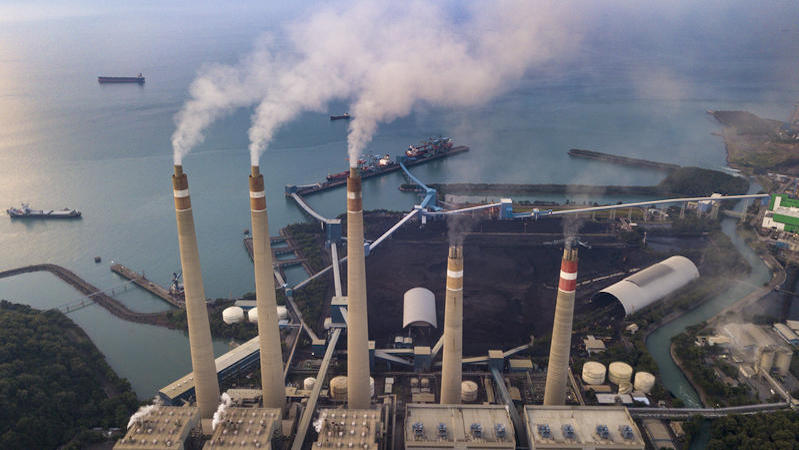Indonesia has watered down plans to shut coal-fired power plants early after expressing disappointment at wealthy nations’ offers to help them do so.
At the G20 summit on the island of Bali last December, Indonesia and a group of rich countries and banks announced a $20 billion deal to move the Southeast Asian nation from coal to clean energy.
But this announcement left a lot of the details vague. Since then, Indonesia has been pushing for the funders to provide grants instead of loans, which add to the country’s debt burden.
Yesterday, Indonesia published its investment plan which revealed that some of its climate commitments had been watered down.
The reason is that the funding made available by international partners was not adequate, according to Fabby Tumiwa, director of the Institute for Essential Services Reform (IESR) and part of a working group advising the Indonesian government.
“I am disappointed because we expected the plan could be aligned with Paris Agreement targets”, Tumiwa told Climate Home. “This pushes the JETP further away from that”.
Targets watered down
A draft plan seen by Climate Home in August said Indonesia would retire a sixth of its coal-fired power plant capacity by 2030.
But that target was dropped from yesterday’s final version. Instead, Indonesia now plans to start shutting down coal plants before their scheduled closure no earlier than 2035.
Meanwhile, it plans a massive scale-up of renewables and a reduction of the capacity of existing coal plants in order to get to its 2030 emission reduction target.
In September, an Indonesian government official told Reuters: “It is very clear that they [Western nations] are not eager to provide financing for early retirement”.
The government has also dropped a target to peak its power sector’s emissions at 290 million tonnes of carbon dioxide by 2030.
Captive plants headache
While the new target of 250 million tonnes looks more ambitious, Tumiwa said it is less so because it excludes coal power plants known as captive.
These are power plants that do not provide general electricity to the public but power specific industries like Indonesia’s fast-expanding nickel sector.
The blueprint unveiled this week excludes these so-called captive plants from its calculations altogether, as “more work is required to develop a viable decarbonization plan” for them, the document says.
Rich nations offer loans not grants for Vietnam’s coal transition
This issue, which delayed the publication of the plan in August, has been complicated by the use of wrong assumptions in the modelling for the targets agreed upon last year when the deal was first announced.
“The number of captive plants is way higher than what it previously thought”, said Tumiwa.
The consequence is that reaching the headline emission peaking target promised in the original commitment is “extremely difficult”, as the document now acknowledges.
“Indonesia’s power sector, accounting for the full extent of off-grid captive power, is likely to exceed this target”, it concluded.
Loans not grants
Despite Indonesia’s complaints, the investment plan reveals that the vast majority of the finance is in the form of loans and grants make up just 2.5% of the money.
About three-fifths of the money are loans on better than commercial terms while the rest is bank guarantees and ordinary loans at commercial interest rates.
The US is the biggest funder but its finance is dominated by commercial loans and a multilateral development bank guarantee.
The European Union and European nations like France, Germany – as well as Canada – are providing grants and concessional loans.
The investment plan is subject to public consultation so is not completely final.
